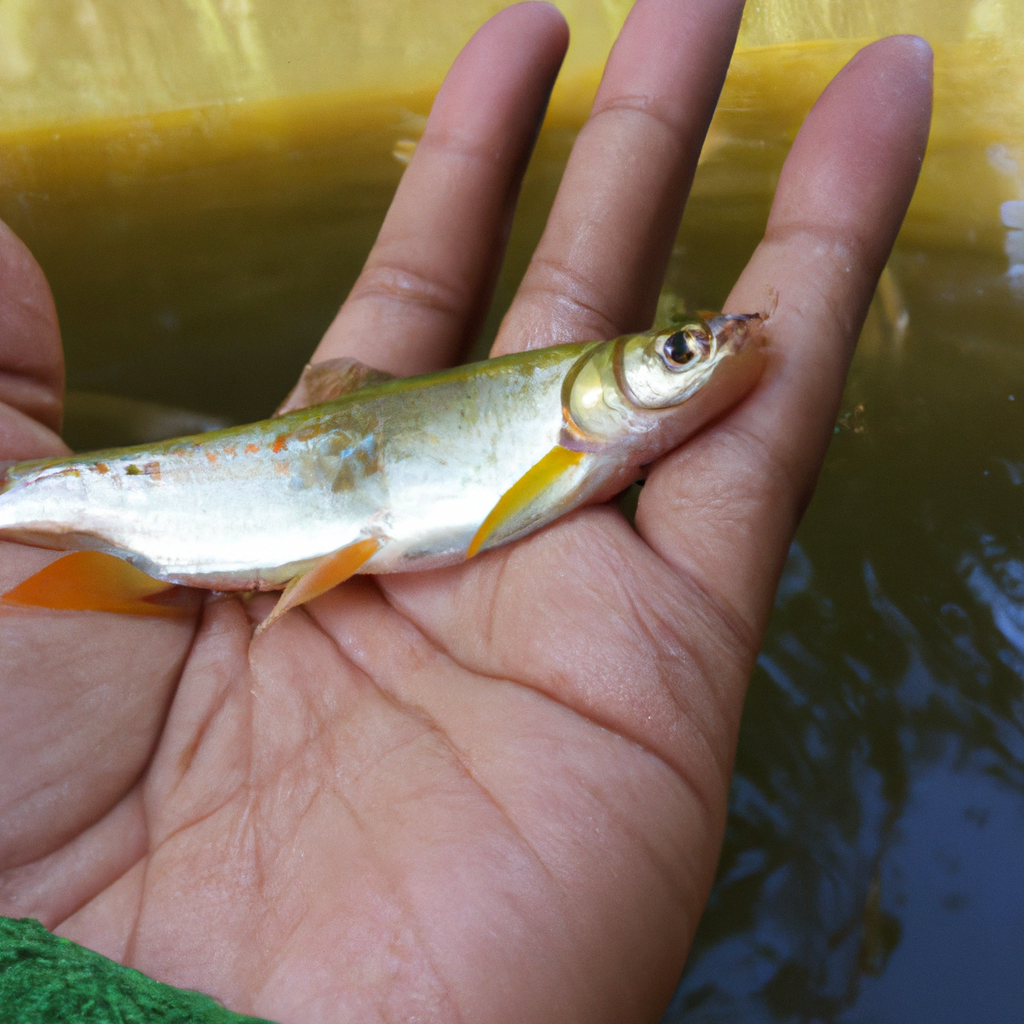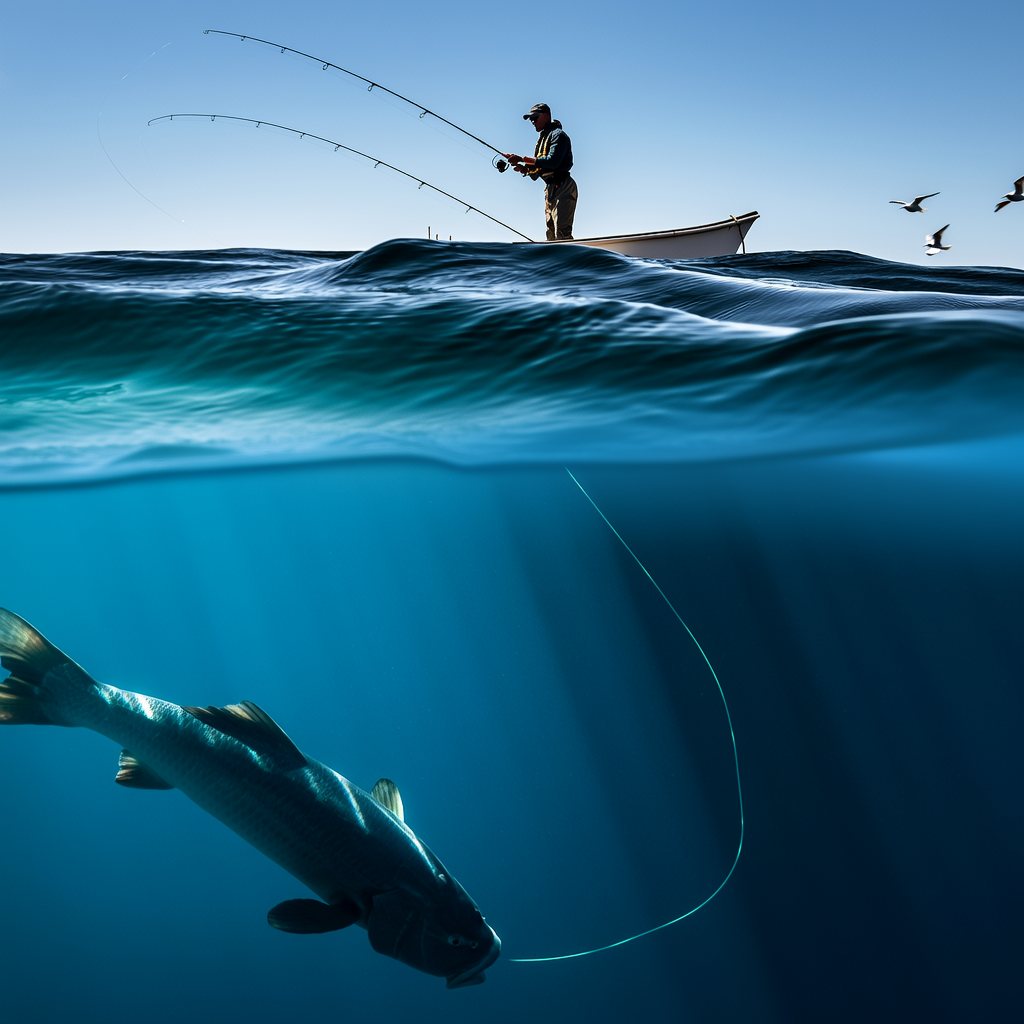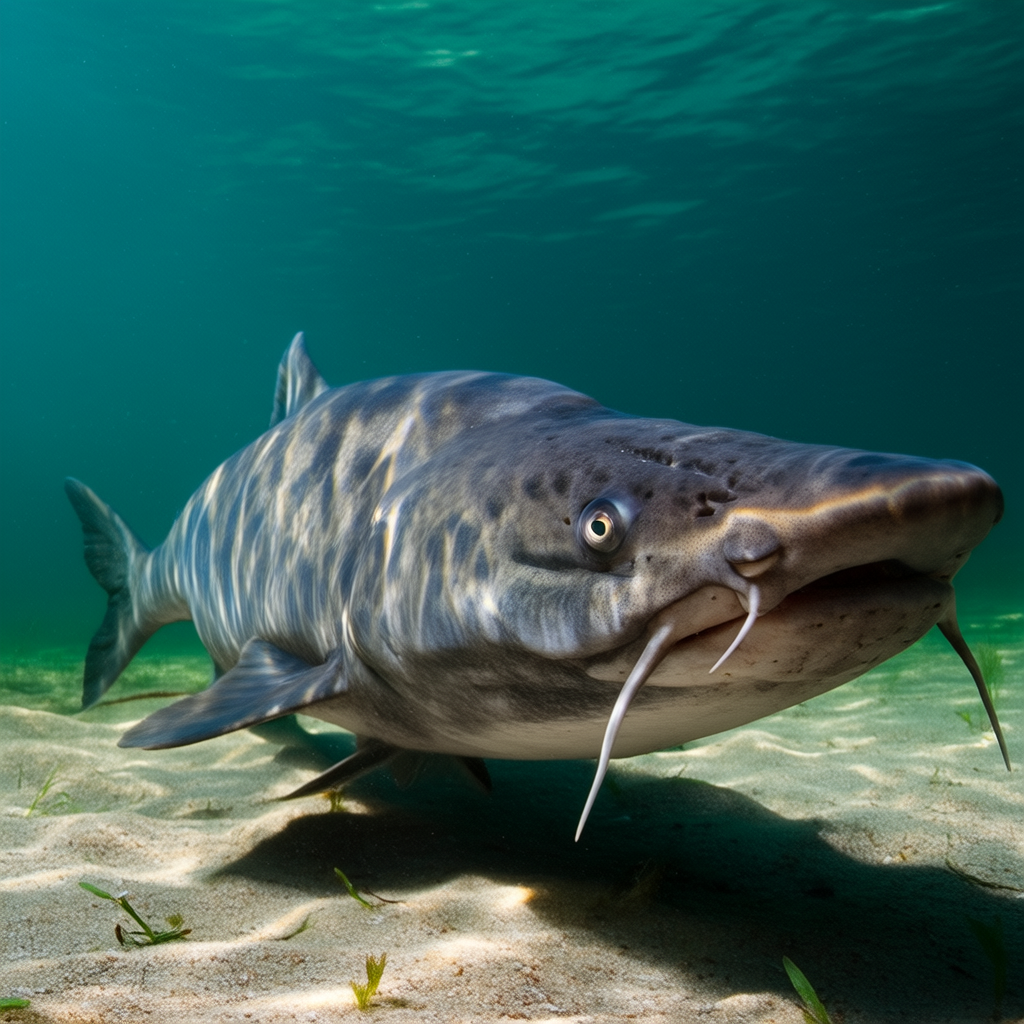Catching fish is a thrill that has been enjoyed by anglers all over the world for many years. But with great fun, comes great responsibility. The practice of catch and release is popular among fishermen. It involves catching fish, and then returning them to their natural habitat. This method is a great way to conserve fish populations and protect the environment. It also ensures future generations will be able to enjoy fishing.
What is Catch and Release (Catch and Release)?
The practice of catch and release involves releasing fish into the water quickly and with care. In recent years, this simple method has grown in popularity as more anglers realize the importance of conserving the fish population and protecting the environment. Anglers who fish for fun often use catch and release, but commercial fishermen can also use it to reduce waste and preserve the ecosystem.
Why is Catch and Release important?
Fish populations can dramatically decline without proper conservation efforts. The fishing industry is vital for many coastal communities. Fish conservation is essential to catch and release, as it allows the fish to reproduce, grow and thrive in their own natural environment. Catch and release also helps protect marine habitats because it reduces the amount of litter, fishing gear and discarded fish in the water.
Best Practices for Catch and Release
1. Use barbless hooks
Barbless hooks make a great choice for catch-and-release because they can be removed much more quickly and easily than barbless hooks. They also cause less harm to fish, and reduce the risk that they will be injured or die during the release process.
2. Handle fish gently
It is important to be gentle when handling fish and avoid causing unnecessary stress or harm. You should wet your hands prior to touching the fish. This will help to prevent removing the slime that protects them from infection. Hold the fish with both your hands and do not squeeze or grip them too tightly.
3. Release fish quickly
The faster you can return fish to the water, the greater their chances of survival. Remove hooks quickly with hemostats or pliers. Avoid taking the fish out of water for too long. If you want to take a picture, do it quickly and hold the fish horizontally.
4. Revive fish before release
If you see a fish struggling in the water after it has been released, you can gently move it back and forward. This helps them pass water over their gills and regain strength.
Catch and Release: Benefits
1. Conservation
Anglers can protect the environment and conserve fish populations by releasing fish into their natural habitat. Fish populations can decrease without proper conservation efforts. This can cause irreversible damage to marine eco-systems.
2. Reduce waste
By allowing anglers the option to release fish not suitable for consumption, catch and release can reduce waste in fishing. This method reduces the amount of bycatch, and allows smaller fishes to grow and reproduce.
3. Future generations will have more opportunities
Conservation efforts such as catch-and-release ensure that future generations can enjoy the sport of fisheries. By protecting fish populations, and the environment we can ensure fishing remains a sustainable pastime.
Conclusion
Anyone who loves fishing will agree that catch and release is a must-do. By using best practices and handling fish carefully, we can protect the environment and ensure the long-term viability of fish populations. Let’s all do what we can to practice responsible catch-and-release so that future generations will also be able to enjoy the thrill of catching.




